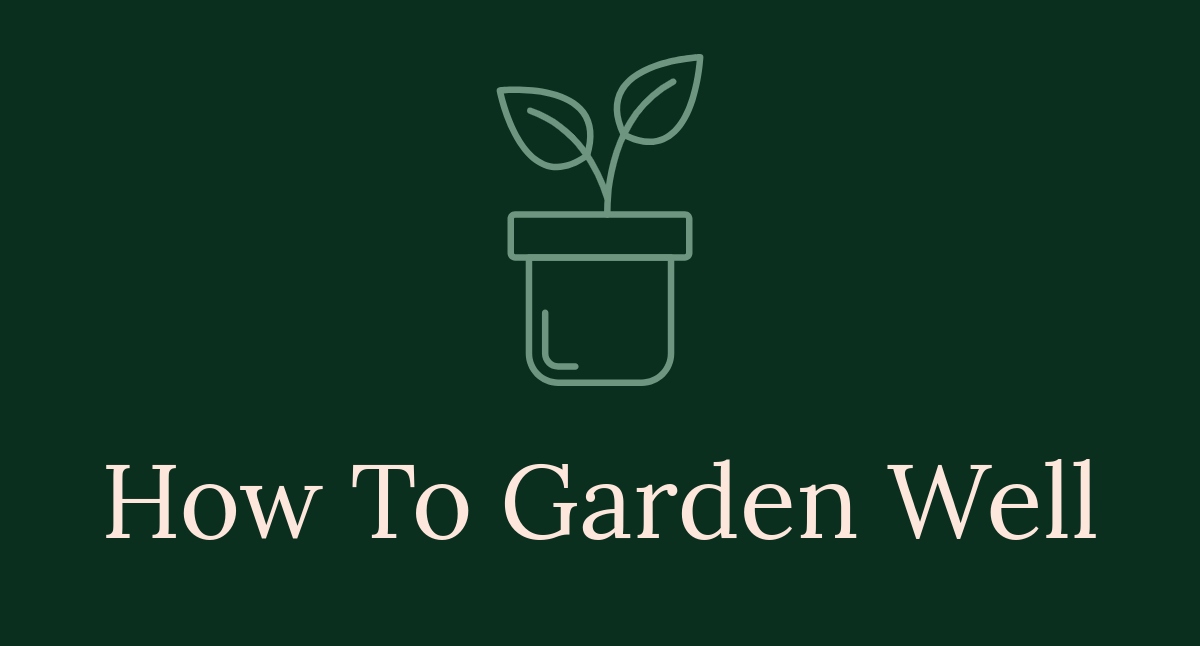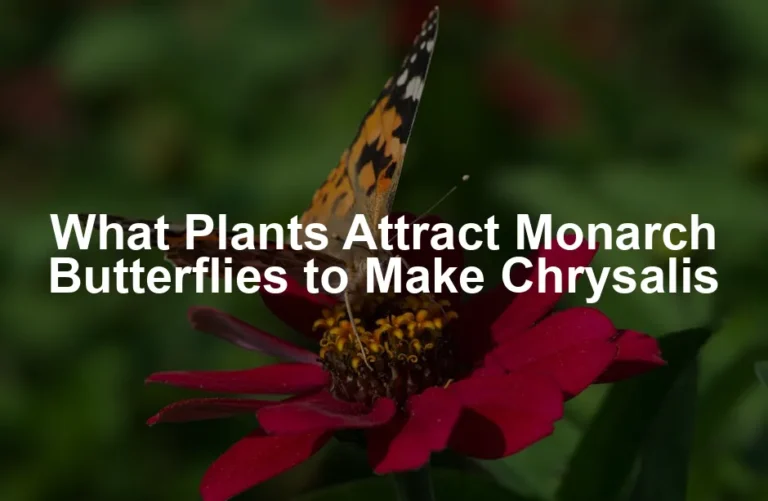
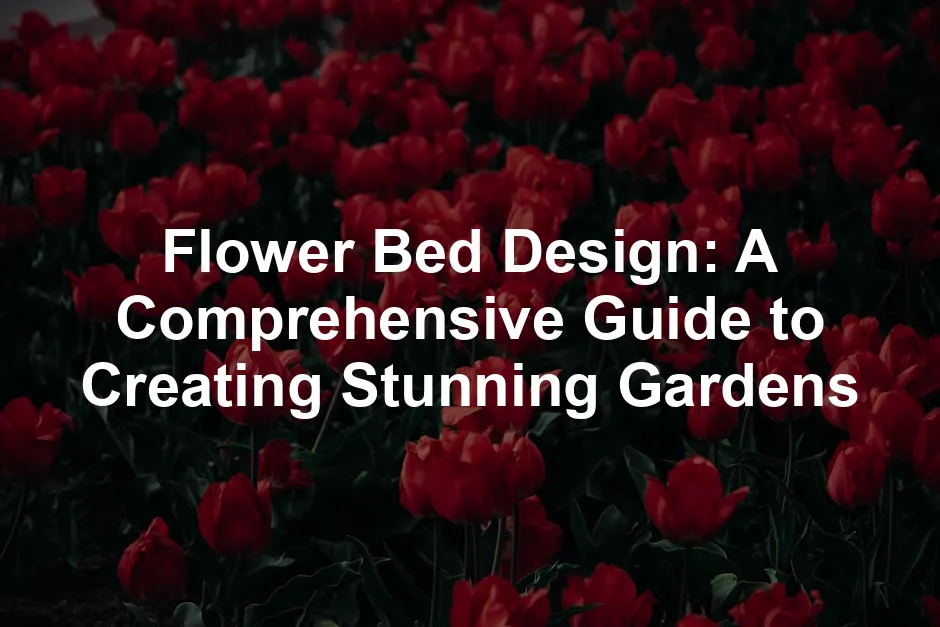
Flower Bed Design: A Comprehensive Guide to Creating Stunning Gardens
Introduction
Creating a beautiful flower bed can significantly enhance your garden’s aesthetics and functionality. This article explores various flower bed design ideas, essential considerations, and best practices to ensure your garden thrives. Whether you’re a beginner or an experienced gardener, these tips will inspire you to create captivating flower beds.
Summary and Overview
Designing flower beds involves several key factors, such as understanding plant types, soil conditions, sunlight exposure, and aesthetic preferences. This article will provide a detailed guide on various flower bed styles, planting techniques, and maintenance tips, ensuring that your flower garden flourishes. We’ll explore practical ideas for every type of garden space, from small urban plots to expansive landscapes. By the end, you’ll be equipped with the knowledge to create a vibrant flower bed that reflects your personal style and supports local biodiversity.
Flower beds can vary tremendously. They can be formal or casual, colorful or monochromatic. The choice of flowers sets the tone. Make sure to consider factors like climate and soil type. This understanding will guide you in selecting the best plants for your design.
Another important aspect is the arrangement of plants. Tall plants should be at the back, with shorter ones in front. This layering creates depth and visual interest. Grouping plants in odd numbers can also create a more natural look. You can enhance your flower bed’s health with Miracle-Gro Water Soluble All Purpose Plant Food. It provides essential nutrients to help your plants flourish.

Color is crucial in flower bed design. You can create harmony by sticking to a color palette or go bold with contrasting colors. Don’t forget about foliage as it can provide texture and interest even when flowers fade.
Incorporating native plants can enhance biodiversity. These plants often require less maintenance and provide essential habitats for local wildlife. Whether you want a low-maintenance garden or a vibrant display, understanding flower bed design will help you achieve your gardening goals.
Incorporating native plants can enhance biodiversity in your garden. Best native plants for attracting local wildlife
Ultimately, a well-designed flower bed adds beauty to your outdoor space. It can reflect your personality and gardening style while supporting the environment. Ready to dig in? Let’s get started on crafting your dream flower bed.
Essential Considerations for Flower Bed Design
Understanding Your Space
Before planting, evaluate your garden space. Start with sunlight exposure. Is your area full sun, partial shade, or full shade? Most plants thrive in full sun, needing at least six hours of light daily. Next, analyze the soil type. Different plants prefer different soil conditions. Conduct a simple test to determine if your soil is sandy, clay, or loamy. Lastly, measure the space available for planting. This helps you decide how many plants you can accommodate and their arrangement.
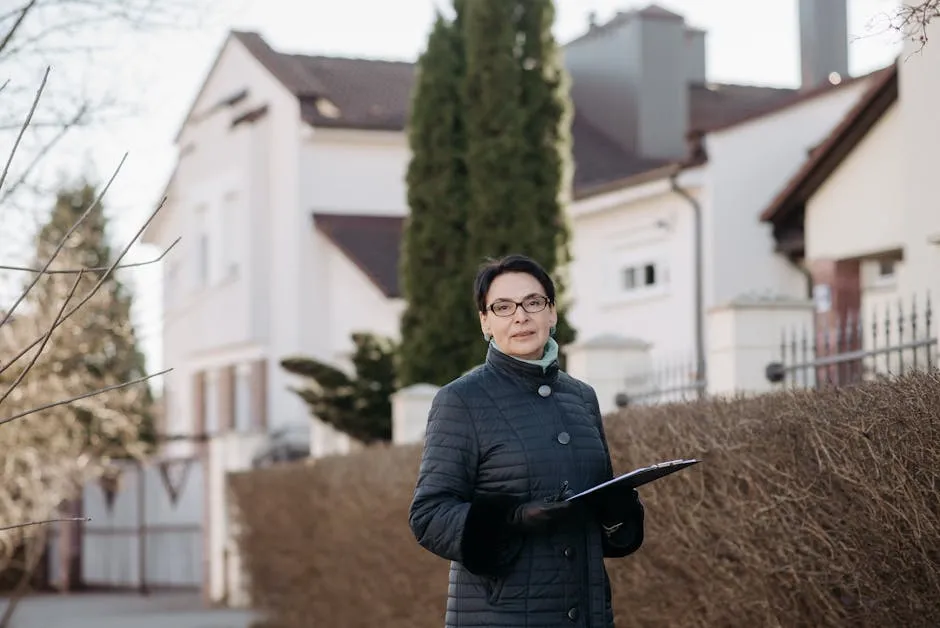
Plant Selection
Choosing the right plants is crucial. You can pick between annuals and perennials. Annuals bloom for one season and need replanting yearly. Perennials return each year, offering long-term beauty. Think about color, texture, and size when selecting plants. A vibrant mix can create stunning visuals. Don’t forget to incorporate native plants. These species adapt well to local conditions and support local wildlife, making them a smart choice.
Incorporating native plants into your flower bed can support local wildlife and enhance biodiversity. Best native plants for attracting local wildlife
Design Principles
Designing your flower bed requires some basic principles. Layer your plants for depth: place taller ones at the back and shorter ones in front. This arrangement creates an appealing visual effect. Consider creating focal points in your garden. A unique plant or decorative feature can draw the eye. Finally, use repetition in your design. Planting in groups of odd numbers enhances cohesion and makes the flower bed more inviting. Remember, a well-planned flower bed can transform your garden into a vibrant oasis.

Flower Bed Styles
Cottage Garden
A cottage garden is charming and inviting. It features a mix of colorful blooms and greenery. You’ll often find roses, daisies, and foxgloves in these gardens. They create a soft, romantic atmosphere.
To achieve this look, plant flowers in dense clusters. This arrangement gives a lush appearance. Let plants spill over pathways for a natural feel. Don’t forget to add some fragrant herbs like lavender. They enhance the garden’s allure and attract pollinators. For a true cottage vibe, include rustic elements like trellises or picket fences.
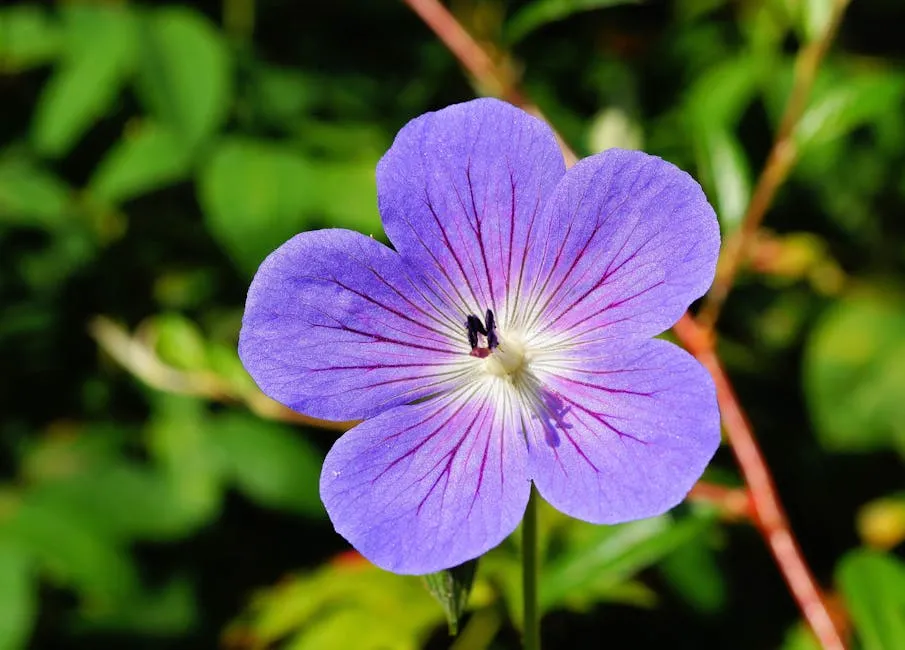
Modern Garden
A modern garden embraces simplicity and elegance. It uses bold colors and clean lines. Think about striking contrasts, like vibrant flowers against sleek planters. Contemporary plant varieties like succulents and ornamental grasses are perfect for this style.
For low maintenance, select drought-resistant plants. They require less watering, making care easier. Incorporate geometric shapes in your flower beds. This structured approach adds visual interest. You can also use minimalist décor to enhance the space while keeping it stylish. Consider adding a Garden Kneeler and Seat with Tools for comfort while you work.
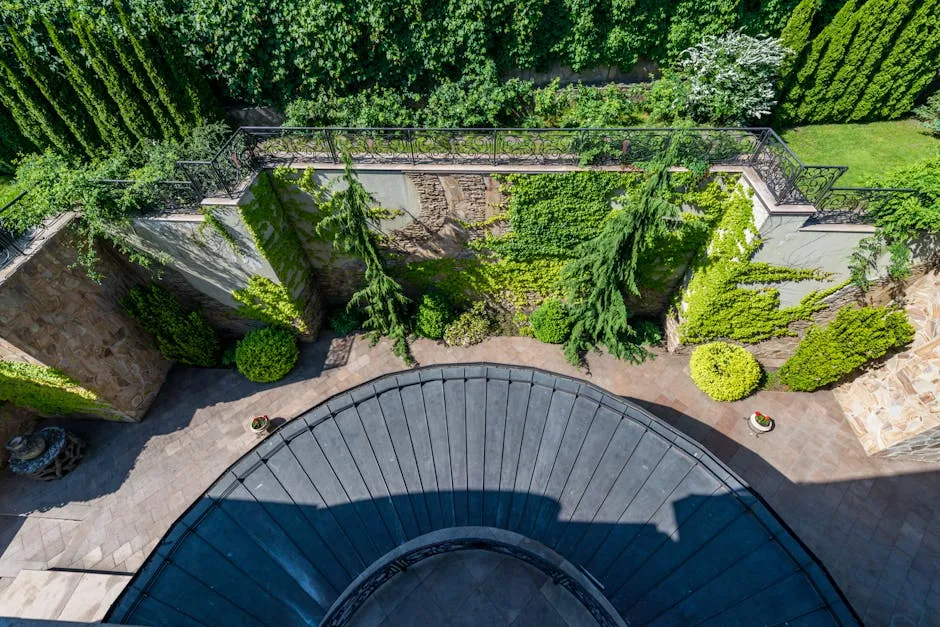
Wildlife-Friendly Gardens
Creating a wildlife-friendly garden is both rewarding and beneficial. Pollinator-friendly plants are essential. They attract bees, butterflies, and other helpful insects. Consider incorporating native species, as they thrive in local conditions. They also support regional wildlife.
To create habitats, add features like birdhouses or bee hotels. These structures encourage wildlife to visit and stay. Include a variety of plant heights and types for a diverse ecosystem. This approach not only beautifies your garden but also contributes to local biodiversity. Your garden can be a sanctuary for both plants and creatures. You might want to check out a Bee Hotel for Pollinators to attract those busy bees!
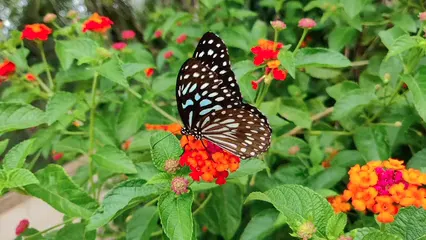
Practical Flower Bed Ideas
Raised Flower Beds
Raised flower beds are a fantastic choice for many gardeners. They offer improved drainage and easier maintenance. The elevation helps prevent soil compaction and allows for better root growth. This makes it easier to manage weeds and pests too.
When selecting plants, consider perennials and annuals. Ideal choices include marigolds, petunias, and lavender. They thrive in raised beds and add vibrant color. Additionally, herbs like basil and chives do well here. You can enjoy fresh flavors right from your garden! You can enhance your soil quality with Organic Compost for Gardening.
Design considerations are important. Choose a height that works for you. Typically, 24 to 36 inches is comfortable for most gardeners. Ensure proper access for watering and harvesting. Use materials like wood or stone for durability and aesthetics.

Vertical Gardening
If space is limited, vertical gardening is your solution. This technique maximizes your garden area while adding visual interest. Utilize trellises, shelves, or wall planters to create height.
Climbing plants, such as sweet peas and morning glories, are perfect for vertical gardens. They climb and bring stunning blooms. Additionally, you can incorporate trailing plants like ivy or cascading flowers for a lush effect.
Combining aesthetics with functionality is key. Choose plants that not only look great but serve a purpose. Consider adding edible varieties like climbing beans or strawberries. This way, you enjoy beauty and tasty produce. And for those who want to keep their plants well-fed, a Garden Sprinkler System can work wonders!
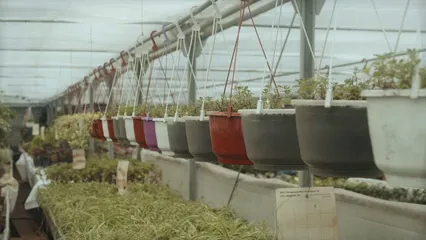
Seasonal Flower Selection
Planning for year-round blooms is essential for a vibrant garden. Start by selecting plants that flower in different seasons. For spring, think tulips and daffodils. In summer, consider zinnias and coneflowers. For fall, asters and chrysanthemums are fantastic choices.
To ensure continuous color, stagger bloom times. Plant early, mid, and late bloomers together. This creates a layered effect that keeps your garden lively throughout the year.
Incorporate seasonal favorites like holiday-themed plants to celebrate each season. For example, poinsettias for winter or sunflowers for summer can add a festive touch. You can find a variety of seeds in an Organic Flower Seeds Variety Pack.
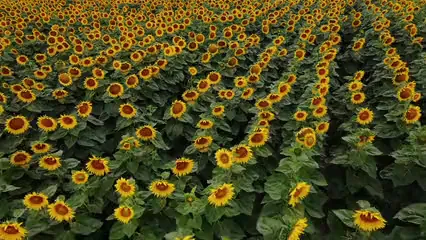
By taking these steps, you can create a garden that never goes out of style, always ready to impress visitors and provide joy.
Maintenance Tips for Healthy Flower Beds
Regular care practices are vital for thriving flower beds. Start with consistent watering, especially during dry spells. Aim for deep watering to encourage strong root systems. Weeding is crucial; remove pesky intruders that compete for nutrients and space. Mulching helps retain soil moisture and reduces weed growth. You can use Mulch for Weed Control to keep those unwanted guests at bay!

Seasonal maintenance tasks keep your garden looking its best. In spring, prune back dead stems and deadhead spent blooms. This encourages new growth and prolongs blooming. In fall, clean up debris to prevent disease and pests.
Soil amendment and fertilization are essential. Test your soil to determine nutrient needs. Adding compost or organic fertilizers can boost growth and health. Consider using slow-release fertilizers for continuous nourishment. A Soil Test Kit for pH and Nutrients can help you figure out exactly what your plants need.

Pest and disease management is another key aspect. Identifying common pests like aphids or spider mites early helps control them effectively. Natural pest control methods, such as introducing beneficial insects like ladybugs, can keep your garden healthy.
Encouraging biodiversity in your flower bed creates a balanced ecosystem. Diverse plantings attract various pollinators and beneficial insects, which help control pests naturally. This approach not only enhances your garden’s health but also supports local wildlife.

By following these maintenance tips, you’ll ensure your flower beds remain lush and vibrant throughout the seasons. Happy gardening!
Regular Care Practices
Maintaining a flower bed requires regular care to thrive. Watering is crucial, especially in dry spells. Deep watering encourages strong root systems. Aim to water early in the morning to prevent evaporation. Weeding is another essential task. Weeds compete for nutrients and water, so remove them regularly. A layer of mulch can help suppress weeds and retain soil moisture. Organic mulch, like wood chips or straw, adds nutrients as it breaks down.
Pest and Disease Management
Pests and diseases can threaten your flower bed’s health. Identifying common pests, like aphids and spider mites, is the first step. Look for unusual leaf discoloration or holes in the foliage. Early detection allows for quicker intervention.
Natural pest control methods are effective and eco-friendly. Introducing beneficial insects, such as ladybugs, can help manage pests. Planting garlic or marigolds can deter harmful insects. Companion planting can create a balanced ecosystem in your garden.
Biodiversity plays a crucial role in pest management. A variety of plants attracts different pollinators and beneficial insects. These allies help control pests naturally, promoting a healthy garden. By fostering a diverse environment, your flower bed can thrive and contribute positively to local ecosystems.
Conclusion
Designing a flower bed is a rewarding endeavor that enhances your outdoor space and contributes to local ecosystems. By understanding your environment and applying the tips and ideas provided, you can create a stunning flower garden that flourishes throughout the seasons. Start planning your flower bed today and enjoy the beauty it brings. And don’t forget to document your gardening journey with a Plant Care Journal to keep track of your successes!
Please let us know what you think about our content by leaving a comment down below!
Thank you for reading till here 🙂
All images from Pexels
